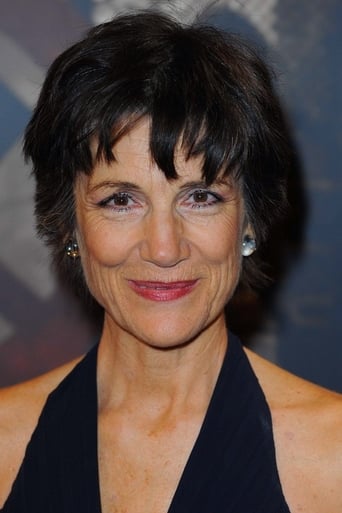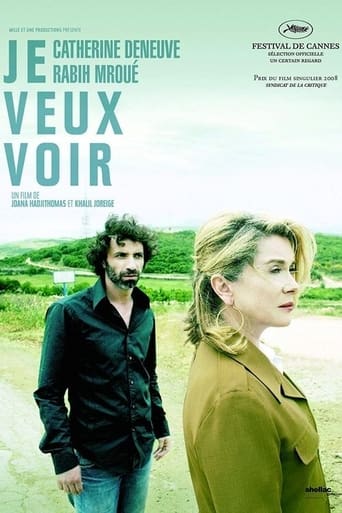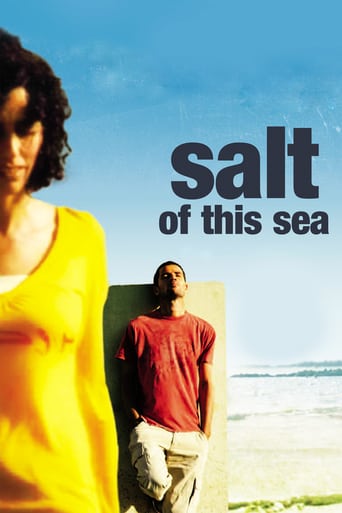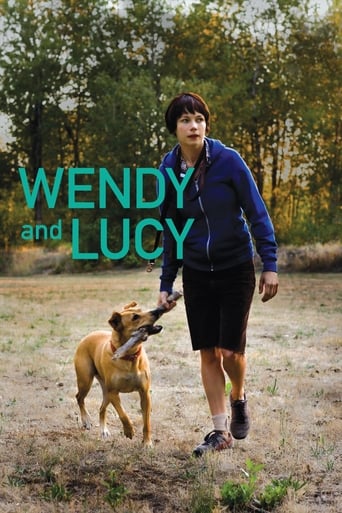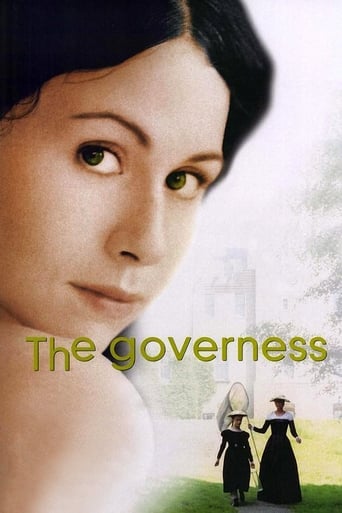
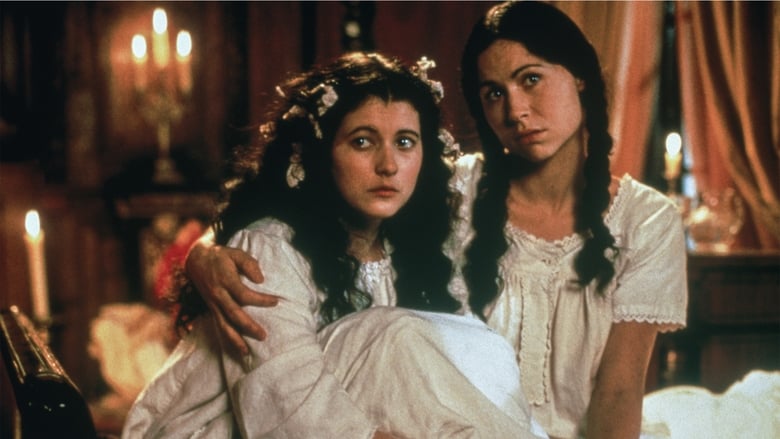
The Governess (1998)
When the father of privileged Rosina da Silva violently dies, she decides to pass herself off as a gentile and finds employment with a family in faraway Scotland. Soon she and the family father, Charles, start a passionate secret affair.
Watch Trailer
Cast


Similar titles
Reviews
Another great movie with Minnie ! It's sad that she had a meteoric career because she really stood out.Here, she plays a surprising Jew girl in Britain at Victorian time. Even if her family is wealthy, the death of her father leads her to search for work. She gets it as a governess of a spoiled young girl leaving in a isolated island. During her stay, she would find love and participate in the invention of photography. Thus, there are a lot of ideas, emotions, feelings here that makes a fast, gripping movie. I think that this lonely place helps to maximize the tension, all above that the sets and costume are beautiful and for modern eyes of cities settlers, it looks fairy! As it's about leaving home, making a trip and dividing faiths, it's funny to notice that human always carry a luggage that is weightless and is the ultimate glue for people: the libido! Unaware of it, even when Minnie is locked in a tiny island for working and inventing photography, this pulsing has accompanied her, lurking and waiting for the perfect time to get out: it's not really surprising that the first takes are nude composition and having lost her dear father, Minnie falls in love with the only mature man.As her story is told with a lot of heart, fragility and truth, it leaves a warmly memory!
After her father is murdered, Rosina (Minnie Driver) must marry without love or strike out and try something different. She changes her name and takes a job as a governess.Of course, she also has to hide her Jewishness and learn to be a Protestant.Her employer, Charles Cavendish (Tom Wilkinson) is a photographer working on a way to fix the photos he takes so that they last more than a day. She shows an interest in his work and spends her spare time helping. As expected, Minnie Drivers sensuality soon captivates him. He gives up his photographs of nature and gets into portraiture.He realizes that he is not her intellectual equal and, when he discovers that he was in love with a Jewess, he turns very cruel.She returns to London during a cholera epidemic, finding her mother dead. He new knowledge enable her family to survive, and she flourishes.Driver was outstanding, and Jonathan Rhys Meyers was also good as the son.Sandra Goldbacher's first feature film shows much promise.
The story is not up to great things, oft told one way or another and smacking of Jane Austen romantic drama aspirations: a beautiful jewess of sephardi descent in 1830s London decides to take the job of governess to a little girl in a great big mansion supposedly on the Island of Skye, Inner Hebrides, Scotland (though I did glimpse a bit of Glencoe, Scottish mainland, and indeed what was definitely the beautiful Cuillins on Skye) where she falls in love with the master of the household, father of the little girl, and then the son falls in love with her. Well, that alone might have you wandering over to the next projection sala or just twiddling with the remote control, if it were not for certain other factors which may well be called redeeming, so good they are.Minnie Driver certainly looks the beautiful jewess, but her interpretation goes a bit awry at times, or even careers off the rails; her performance has ups and downs of feelings and passions which do not really make much sense. Better directing might well have produced better results from Ms. Driver, as well as the fact that the focussing of the story is very much a feministic appreciation, rather slanted perhaps, forgiveably so I am not so sure, rather as if Ms. Goldbacher herself was brought up on the aforementioned Jane Austen, as well as Daphné du Maurier, a touch of the Brontës, and she finally spiced it all up with some misgivings from D.H. Lawrence. The result is a confusion of desire and sex being mistaken for romantic love. But don't we all, anyway?The excellent photography and scenification makes up quite a lot for many of these pitfalls; the costumes and the settings of the interior of the house of such lucky landed-gentry is superb, as well as the scenes in London in the opening and closing parts of the film. This visual experience is greatly enhanced by the musical setting. Ed Shearmur has done an excellent job of creating his own `sephardi' music, helped by offerings from the Israeli singer, Ofra Haza. The music contributed greatly to the setting of scenes, ably supplying tone and atmosphere. Such that I feel one could enjoy this film solely for the photography, costumes and sets, and the music, and you could quite happily skip most of the story. It is not that the story is so bad, just that it is not anything special to write home to mother about, although she might well be the first to disagree.The Sephardi songs made me remember an old recording I have of some very beautiful melodies sung by Soledad Bravo on a CBS record maybe 20 years ago and which might be found on a Sony CD. The intepretation of these songs, sung in `ladino' (sometimes called judezmo) which is an archaic form of today's Spanish, is pretty authentic. Ladino is still used today by descendents of people thrown out of Spain during the `Inquisición', and now living in parts of Turkey (specifically I found it being spoken in Izmir), Bulgaria, Macedonia, Montenegro and the Croatia coast. Within Israel of course, this language is pretty frequent.
"The Governess" is Mary Blackchurch's (her 'Christian' name) story. It is set in 1830s (we learn from the Daguerre reference) in London and the Scottish Isle of Skye, where she becomes a governess to help the family after her father is murdered. If we are to believe Ebert's instincts, it is the author's life story, much as "Boyz N the Hood" is.Being a photographer, I was 'hooked' when the film turned in that direction. Although not historically accurate, it certainly does a good job of depicting the trial and error used back in the 1800s to master a photographic process in which the resultant image could be "fixed". There was a British Cavendish, Henry, but he was not into photography. In this film, Mary accidentally helps discover a fixing process using ordinary salt water. Mary and Carles develop a bond, become lovers, Mary talks of their "future" together, Charles pulls away, "You consume me. I cannot be consumed."I cannot say too much about how fine a performance Minnie Driver gives here. Especially the scene near the end when she basically is willing to do anything, give anything, to avoid rejection by Charles. Failing, she returns to London, giving nude photos to Charles' wife, and taking along enough chemicals to get her started in her own photographic studio.Charles looks her up, she does a portrait, but the love she professed had been shattered beyond repair. She had given her whole self to Charles, had been rejected, and she moved on.This is a really fine film, different, but enjoyable in the vein of "Dangerous Beauty", another period piece where the female protagonist is empowered. The infidelity in "Governess" is certainly not glorified, but used in the context of a weak husband whose marriage was a routine formality, and a young girl who knew no boundaries, and found a soulmate for the first time.




